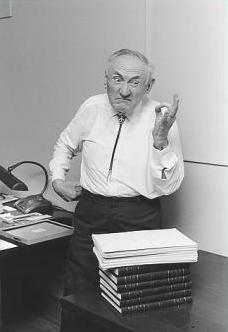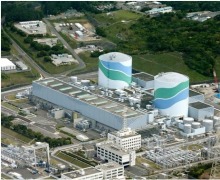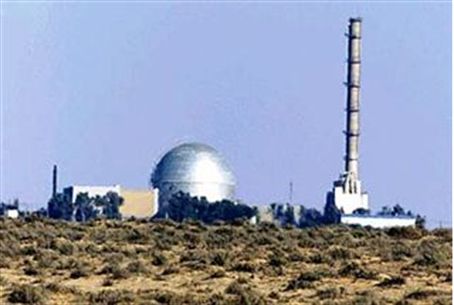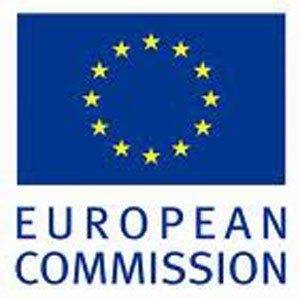At the dawn of the Atomic Age, there was talk of using nuclear bombs for civilian purposes such as digging canals and harbors. In the Soviet Union, there was even a plan to use nuclear bombs for fracking natural gas. Fortunately this plan was never carried out. However, it turns out that these proposals were tame in comparison to ideas expressed by an astronomer named Fred Zwicky at CalTech.
Zwicky was the first astronomer who conceived of dark matter, supernovae and neutron stars. He presented many advanced theories in academic articles, newspaper interviews and magazine articles between the 1940s and the 1960s. He was highly critical of his fellow scientists. He felt that they lacked vision to really make use of advanced technologies. He once said that “Astronomers are spherical bastards. No matter how you look at them they are just bastards.”
One of his ideas was something called a “terrajet.” He claimed that it would make it possible to send missiles directly through the Earth to attack an enemy from beneath. He envisioned that the terrajet would gather rock and dirt in and then blow it out through an exhaust system as they tunneled.
Zwicky had a plan to colonize the solar system with nuclear bombs. He thought that Venus and Mercury could be moved further away from the sun into the habitable zone with a series of nuclear explosions. He also had the idea to use nuclear bombs and the terrajet to reduce the size of Jupiter to the point where it could be inhabited. The debris left over from carving up Jupiter was to be added to the moons of Jupiter to make them more suitable for colonization.
If a planet or a moon lacked sufficient atmosphere, he thought that the terrajet earth borer could produce oxygen and water as byproducts of digging channels for lakes and rivers. If a planet or moon had a poisonous atmosphere, nuclear bombs could be used to blow it off. He claimed that it should be possible to build nuclear bombs that would not create a high level of radioactivity when detonated. This would mean that the planets that were terraformed with nuclear bombs would not be rendered uninhabitable by radiation generated by nuclear explosions.
As wild as these ideas are, Zwicky had even more outrageous plans for space exploration. He claimed that it should be possible to accelerate the sun by triggering nuclear fusion reactions on the surface of the sun. Properly positioned, such reactions would cause the sun to eject huge solar flares that would impart momentum to the sun. This was to be accomplished by injecting particles of the proper composition and size into the sun to trigger the reactions. As the sun was accelerated in a particular direction, it would drag the planets along with it. So, in essence, the whole solar system would become a sort of spaceship.
It will be decades or more before these ideas are even theoretically possible whether or not they are a good idea.
Fred Zwicky:




